Cornelia Ferner
Inflation forecasting with attention based transformer neural networks
Mar 29, 2023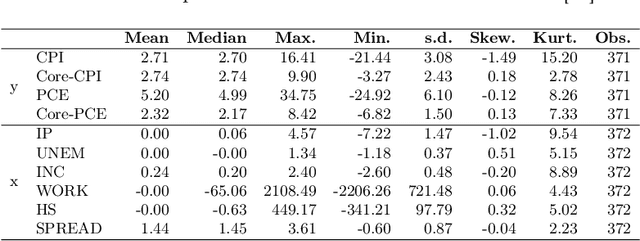
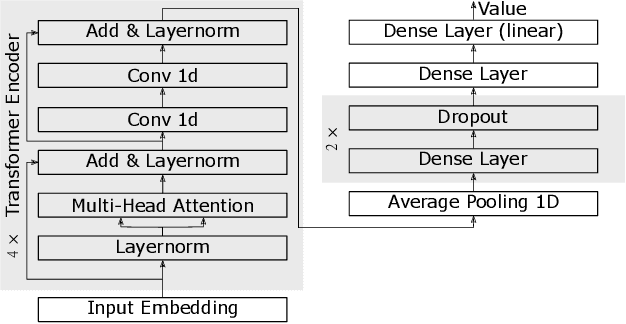
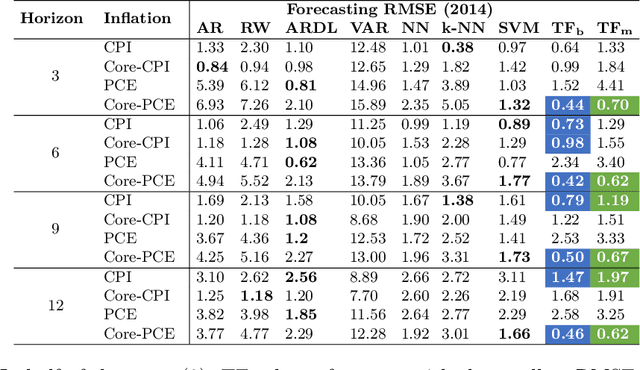
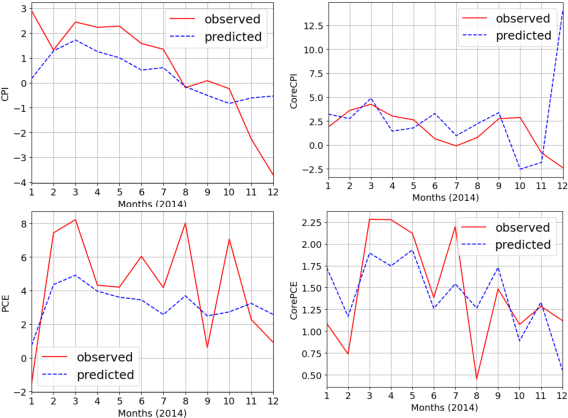
Abstract:Inflation is a major determinant for allocation decisions and its forecast is a fundamental aim of governments and central banks. However, forecasting inflation is not a trivial task, as its prediction relies on low frequency, highly fluctuating data with unclear explanatory variables. While classical models show some possibility of predicting inflation, reliably beating the random walk benchmark remains difficult. Recently, (deep) neural networks have shown impressive results in a multitude of applications, increasingly setting the new state-of-the-art. This paper investigates the potential of the transformer deep neural network architecture to forecast different inflation rates. The results are compared to a study on classical time series and machine learning models. We show that our adapted transformer, on average, outperforms the baseline in 6 out of 16 experiments, showing best scores in two out of four investigated inflation rates. Our results demonstrate that a transformer based neural network can outperform classical regression and machine learning models in certain inflation rates and forecasting horizons.
Sequential IoT Data Augmentation using Generative Adversarial Networks
Jan 13, 2021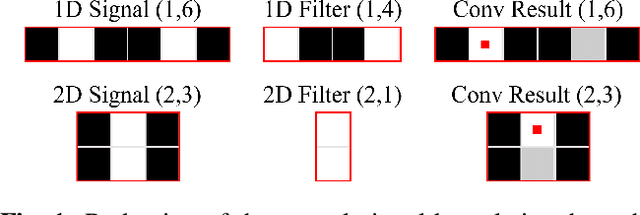
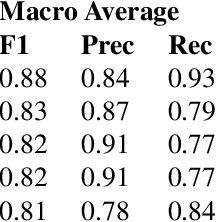
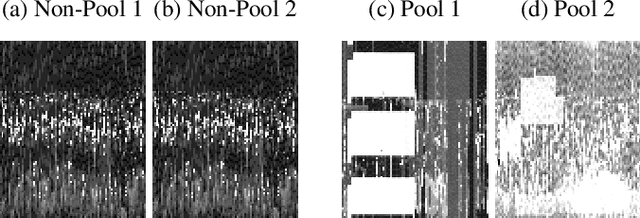
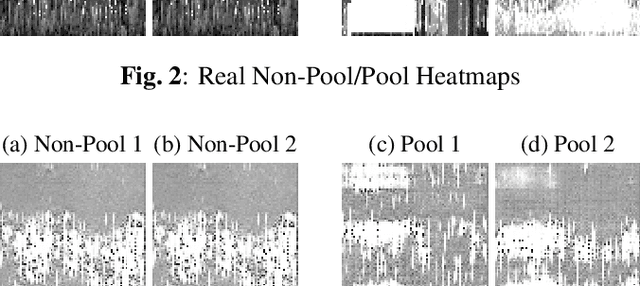
Abstract:Sequential data in industrial applications can be used to train and evaluate machine learning models (e.g. classifiers). Since gathering representative amounts of data is difficult and time consuming, there is an incentive to generate it from a small ground truth. Data augmentation is a common method to generate more data through a priori knowledge with one specific method, so called generative adversarial networks (GANs), enabling data generation from noise. This paper investigates the possibility of using GANs in order to augment sequential Internet of Things (IoT) data, with an example implementation that generates household energy consumption data with and without swimming pools. The results of the example implementation seem subjectively similar to the original data. Additionally to this subjective evaluation, the paper also introduces a quantitative evaluation technique for GANs if labels are provided. The positive results from the evaluation support the initial assumption that generating sequential data from a small ground truth is possible. This means that tedious data acquisition of sequential data can be shortened. In the future, the results of this paper may be included as a tool in machine learning, tackling the small data challenge.
 Add to Chrome
Add to Chrome Add to Firefox
Add to Firefox Add to Edge
Add to Edge